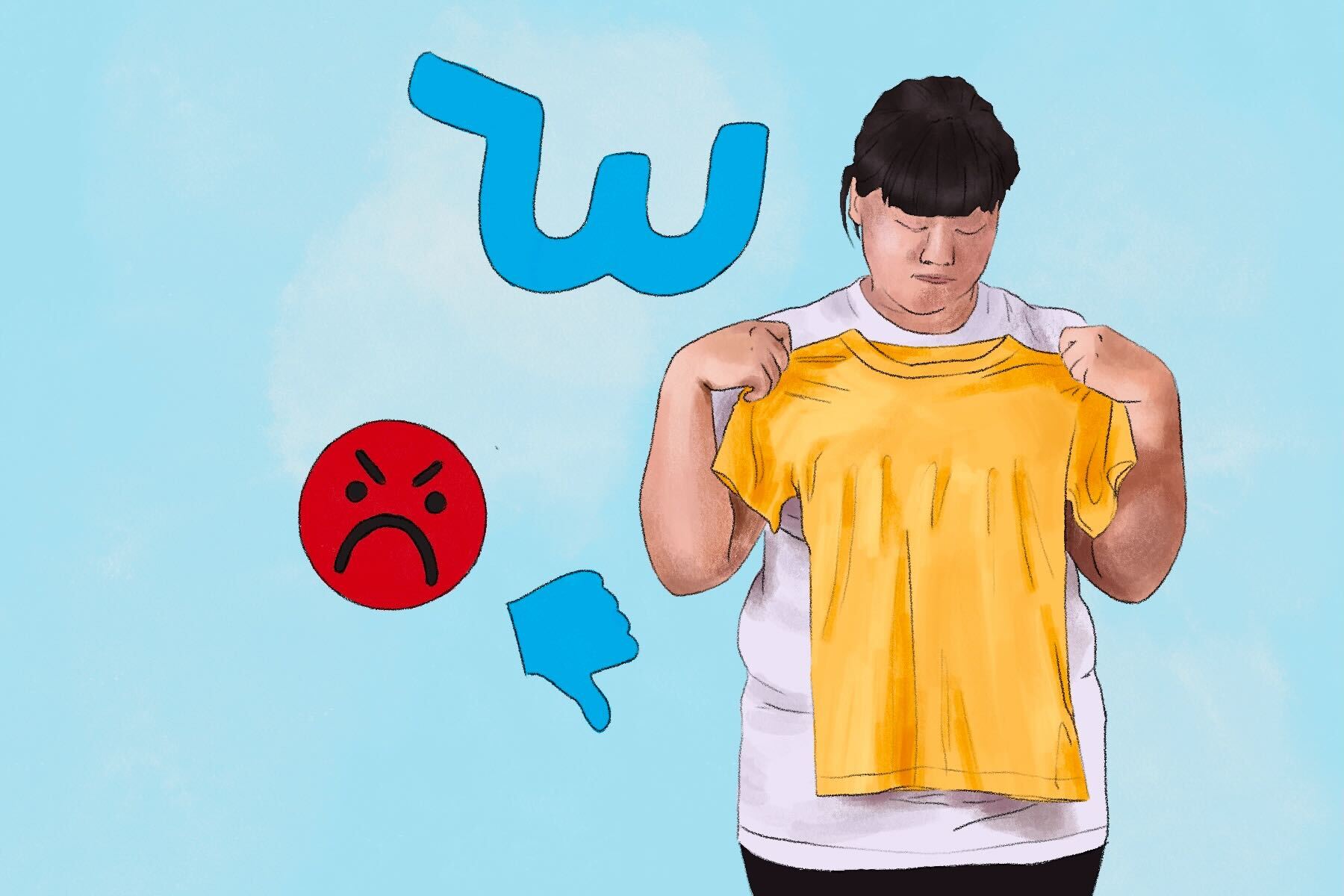In the lead-up to Christmas, many of us found ourselves rushing to find the perfect holiday gifts for all of our friends and family. Last-minute shopping trips aren’t ideal, but luckily, in the year 2021, we have online shopping to make the process so much easier.
Personally, I find that I can do most, if not all, of my online shopping on websites like Amazon and Etsy, but one kept making an appearance on my radar — Wish. I’ve tried to avoid it for as long as I could, but the holiday season had inspired me to finally go check it out. The e-commerce website has been under some scrutiny lately since its third-quarter earnings reported a net loss of revenue and its founder, Piotr Szulczewski, announced that he will step down as CEO, so join me as we go down Wish’s rabbit hole and see why the platform has garnered such a troubled reputation.
To be honest, most of my initial exposure to Wish came in the form of memes. They are not exactly flattering for the company, however, since the template usually takes the form of “What I bought on Wish” versus “What I actually got.” In these memes, the poster compares their expectation of what they ordered based off an image on the website against what they actually received in the mail, which looks almost nothing like it was advertised. It’s oddly reminiscent of getting catfished on an online dating site, as illustrated by this “90 Day Fiancé” meme.
Amira met Andrew through Wish.com – change my mind
byu/patellathehun in90DayFiance
The platform didn’t always have a shady reputation, though. Wish was first founded in 2010 as an online marketplace where a variety of items could be bought and sold. It was founded by Szulczewski, a former Google engineer, with the aim of creating a platform primarily geared toward working-class people. It was meant to provide a cheaper alternative for customers who were unable to afford services like a yearly Amazon Prime subscription. The company ran large marketing campaigns on Pandora, Snapchat and Facebook, but despite the effort, his company was losing $190 million annually as of 2019.
I wanted to explore Wish for myself, though, so I found its YouTube channel to watch some of their earlier advertisements. The videos on the channel range from short commercials to longer videos like “Wish hauls,” featuring some presumably prominent YouTubers. In its “About” section, the company describes itself as “the #1 shopping mall in Europe and North America allowing you to browse a worldwide selection of trending fashion, accessories, and electronics directly at your fingertips.”
Was it the No. 1 shopping mall? At one point, it had been. In 2017, its app was the most downloaded across Google Play and the iOS app store, beating out other competitors like Amazon with over 32 million downloads at the time.
It’s easy to imagine why it had gained so much popularity. In a video titled “Wish – Shopping Made Fun,” the company showcases many of the products you could find in its catalog. Items like cute clothes, jewelry and hats — you name it — all marked down to alluringly low prices. But how many people were having fun shopping on the platform?
When you create an account on their website, you are greeted with an array of items that are currently popular, typically based on the interests you selected at sign-up. A lot of the items, as I mentioned before, are marked at stunningly low prices. Some of the items are even free and only require you to pay for taxes and shipping. The products are laid out in a way that makes you want to keep scrolling down the page as you discover more things to buy, making it extremely easy to end up with a full shopping cart.
Despite the four and five-star reviews featured on many of their items, Wish began to struggle with the issue of selling its customers counterfeit goods. In 2018, Bloomberg News wrote an article detailing a few testimonials from customers who had bought makeup from Wish. They are pretty horrifying. In one account, a customer bought makeup labeled as MAC and Urban Decay, but when she finally received her order two whole months later and applied the cosmetics, her eye and skin began to swell up. She described the items as having a weird consistency as well as smelling slightly sulfuric.
Counterfeits of several other brand names were also found on the website, such as streetwear clothing that imitated the brand Off-White. Apparently, around 160 merchants on Wish were all selling these knock-offs and collectively earning over a million dollars doing so.
Many customers would also receive items that were “not as advertised.” For example, one comment on Reddit describes the hilarious experience of a commenter’s wife buying a fresh pearl jewelry kit for $5, thinking it would be a fun thing to have. When the wife finally gets her order, however, they realize that the merchant has actually sent them a real oyster in a vacuum-sealed bag. The commenter watches as his wife opens the bag and struggles with the awful smell coming out. Luckily, the oyster did contain a pearl inside, but the unexpected packaging it came in gives a glimpse as to how scammy a lot of the items on Wish actually were.
Comment
byu/giuliomagnifico from discussion
intechnology
Recently, France has taken steps to block Wish from search engines and app stores. The action came after their administration conducted an investigation into the company’s increasingly fraudulent reputation. They bought 140 products and tested to see how many of them were legitimate. It turned out that almost none of the children’s toys complied with European regulations, and almost half of them were identified as dangerous. Unsurprisingly, most of the electronic goods and cosmetics were also found to be unsafe.
Also recently, Wish reported a net loss of revenue as their customer base continued to dwindle. The company is currently making plans to turn their reputation around in a positive direction. Despite this plan, Szulczewski announced his intention to step down as CEO in favor of a more inconspicuous role as they continue to invest in Wish’s future success.
It’s hard to say whether the company will be able to stop merchants from selling dubious or counterfeit items. What started as a company with the good, maybe even noble, intentions of catering a service specifically for the working class has become little more than wishful thinking.

















